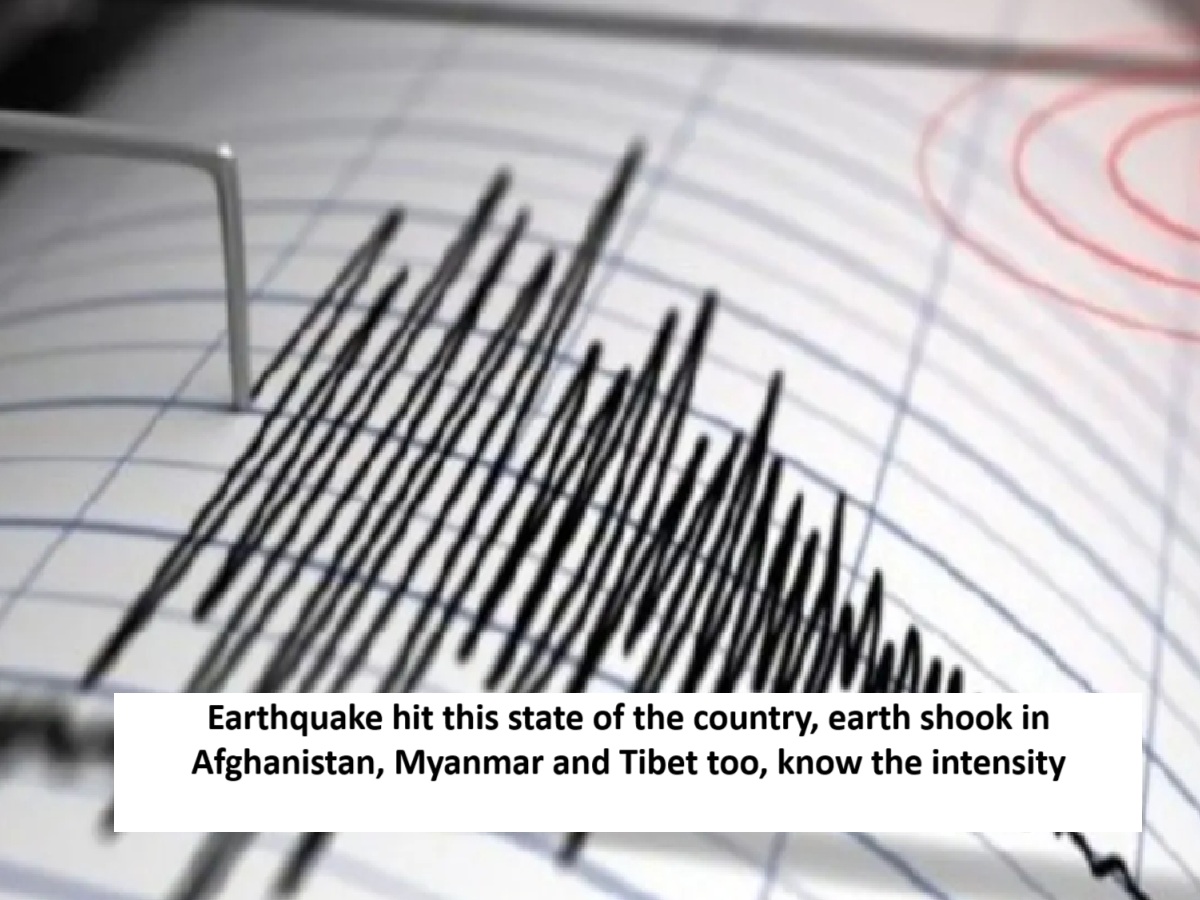
News Topical, Digital Desk : Earthquakes of magnitude 4.2 and 4.0 have occurred in Afghanistan. Its depth was 190 km and 125 km respectively. At the same time, an earthquake of magnitude 3.6 has occurred in Tibet, its depth was 10 km. Earthquake tremors were also felt in Myanmar. Its intensity was measured 3.7 on the Richter scale and its depth was 105 km.
Recently there was an earthquake in Haryana
Last Wednesday-Thursday night, there was an earthquake in Rohtak, Haryana and on Thursday afternoon, there was an earthquake in Jhajjar. The intensity of the earthquake in Rohtak, Haryana was measured at 3.3 and the intensity of the earthquake in Jhajjar was measured at 2.5. However, there was no report of any loss of life or property due to both these earthquakes.
Why do earthquakes occur?
Earthquakes occur when tectonic plates beneath the Earth's surface collide, slide or move apart. The Earth's outer layer, called the crust, is divided into several huge tectonic plates. These plates move continuously at a slow speed. When they collide, slip or move apart, the energy generated is released in the form of seismic waves, causing the Earth to shake and an earthquake.
There can be many causes behind earthquakes, such as the movement of tectonic plates, volcanic eruptions, anthropogenic activities (such as mining or construction of reservoirs), and natural phenomena such as landslides. The strength of an earthquake is measured by the Richter scale or other parameters. This intensity is usually higher around fault lines or plate boundaries.
The risk of earthquakes in India is particularly high in the Himalayan region, because the Indian tectonic plate and the Eurasian plate collide here. This collision creates constant pressure and stress in the geological structure of the Himalayas, which increases seismic activities.
Read More: Amit Shah sets 'ultimate goal' for Kerala, calls Thiruvananthapuram a milestone
--Advertisement--

 Share
Share



